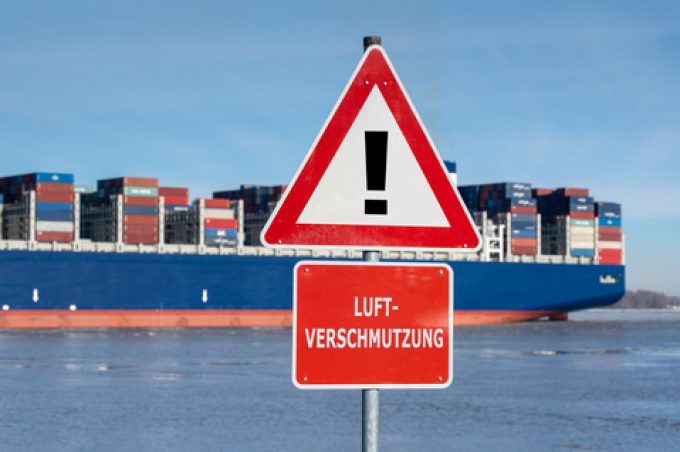'Bitter-sweet' MEPC 83 follows COP 29, narrowing scope of climate commitments
IMO’s Marine Environment Protection Committee (MEPC) 83 meeting, meant to establish robust mid-term decarbonisation measures, ...

The much-anticipated FuelEU maritime initiative has been adopted by the European Council, heralding a far more conclusive campaign of ship emissions reduction than anything agreed at the IMO this month.
The new measures force passenger ships and container vessels to plug into shore power, running their ...


Comment on this article